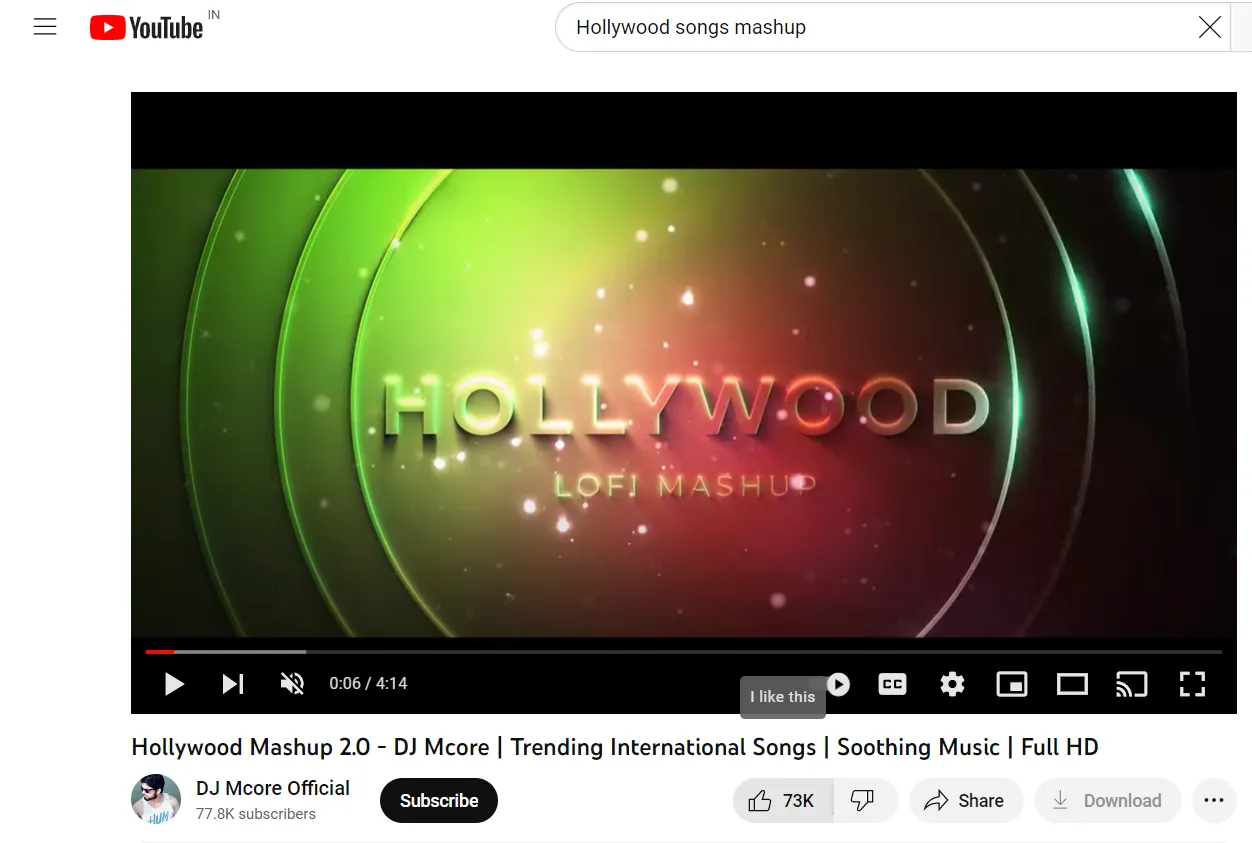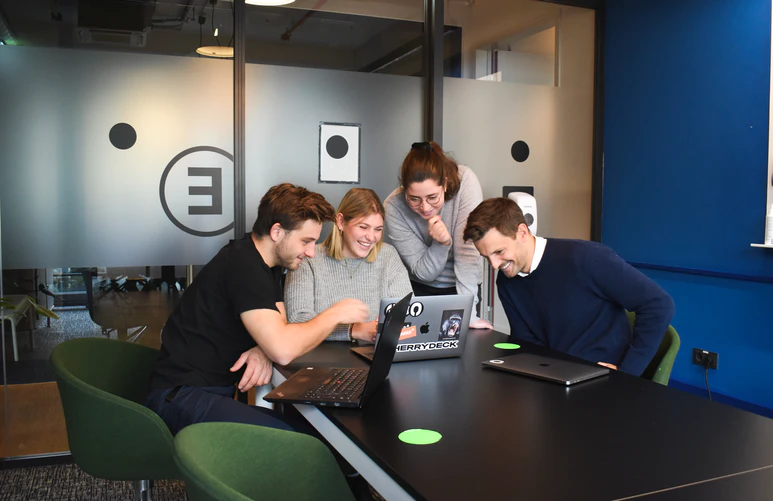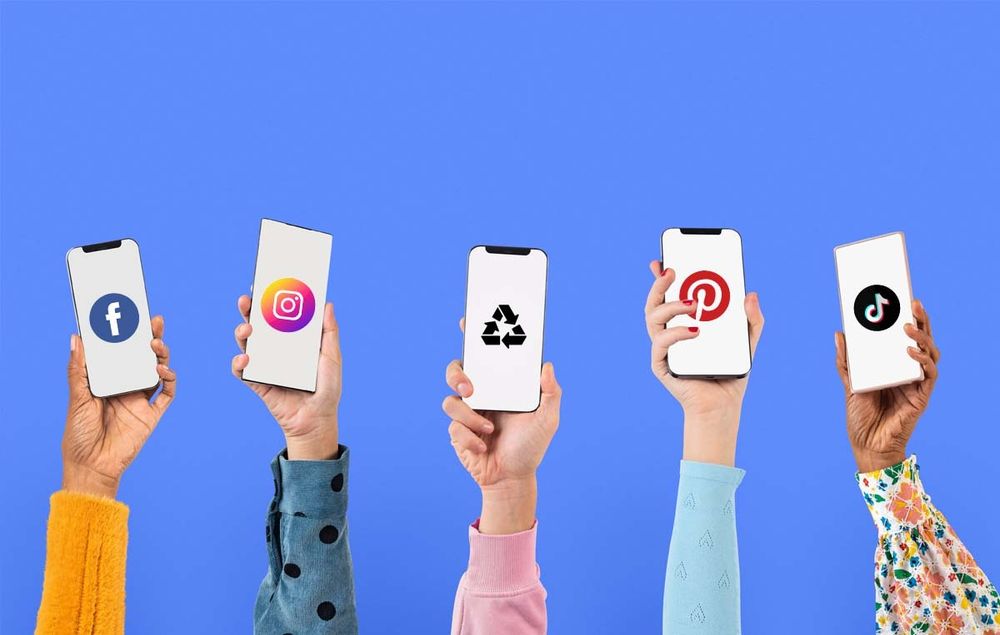More About Mashup
Content mashups cover a range of forms or content types depending on the media and the purpose.
So, what is a mashup? A mashup refers to a unique piece of content created by combining or merging different types of elements or content from various sources, such as data, images, text, music, or video. By leveraging existing material, content mashups are created as cohesive, engaging, and innovative pieces of content.
A content mashup can be a
- Text-based mashup: This type extracts and brings together excerpts, quotes, or ideas from various articles, blog posts, or other text sources. The content can be rewritten, summarized, or expanded upon. The resulting, often-thematic creation is a new article or blog post that provides fresh insights.
- Image and video mashup: For this mashup type, a series of images or video clips are combined by editing to create a slideshow, collage, montage, or other form of visual media. This technique is typically used in creative projects for visual storytelling or broadcasting a message.
- Music mashup: Music mashups are unique and cohesive pieces of music created by blending elements from different songs or compositions. Their production can involve remixing, overlaying, or redesigning published tracks.
Creating and posting mashups on social media platforms provides various advantages to users and businesses. The following are some benefits of utilizing content mashups in social media strategies:
Increased engagement: Content mashups can captivate audiences by providing a distinctive and novel experience. You can draw viewers in and compel them to engage with, like, comment on, and share your posts by fusing multiple and popular content components, such as music, GIFs, social media posts, photographs, and videos.
Enhanced reach: Social media platforms host a huge amount of content, sometimes very similar. By leveraging content mashups, you can differentiate yourself from the competition. Eye-catching and distinctive mashups frequently get a larger following and have a higher chance of going viral, expanding exposure and organic reach.
Defined brand personality through storytelling: Mashups can be an effective technique for conveying your brand personality and presenting your voice and story distinctively. You can develop material that reflects your brand image and values by fusing components aligned with your profile or brand, such as your logo and color scheme, and distinguishing visual or linguistic aspects.
However, it is always important to respect copyright laws and intellectual property rights while developing content mashups. Appropriate permissions should be requested, and credit and attribution should be given to the source when integrating content to respect the creators’ rights.
The image below shows an example of an English song mashup, where the artiste has remixed top trending international music into one video.



